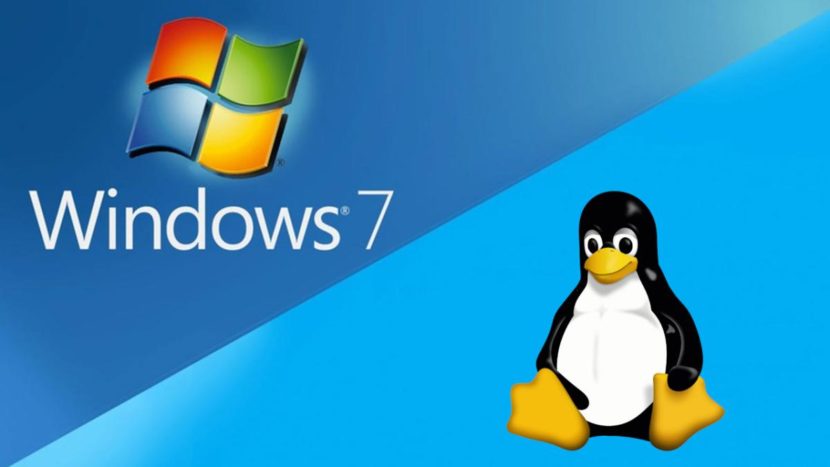
Even if it happens to run and write a stick apparently successfully from some other distribution, the stick may well fail to boot. Livecd-iso-to-disk is not meant to be run from a non-Fedora system. livecd-iso-to-disk on other Linux distributions If your test boot reports a corrupted boot sector, or you get the message MBR appears to be blank., you need to install or reset the master boot record (MBR), by passing -reset-mbr when writing the stick.

If you get this message from fdisk, you may need to reformat the flash drive when writing the image, by passing -format when writing the stick. Partition has different physical/logical endings If you get the message Need to have a filesystem label or UUID for your USB device, you need to label the partition: dosfslabel /dev/sdX LIVE. Information: Don't forget to update /etc/fstab, if necessary. Number Start End Size Type File system Flagsġ 32.3kB 1062MB 1062MB primary fat16 boot Sector size (logical/physical): 512B/512B Welcome to GNU Parted! Type 'help' to view a list of commands. Difference between Fedora and Red Hat Enterprise Linux.

Installing, Configuring and Troubleshooting MySQL/MariaDB.Creating Windows virtual machines using virtIO drivers.Installing virtual operating systems with GNOME Boxes.Getting started with virtualization (libvirt).Upgrading Fedora using the DNF system upgrade.How to Set NVIDIA as Primary GPU on Optimus-based Laptops.How to join an Active Directory or FreeIPA domain.Getting started with Apache HTTP Server.Managing keyboard shortcuts for running an application in GNOME.

Controlling network traffic with firewalld.Displaying a user prompt on the GNOME login screen.Understanding and administering systemd.Performing administration tasks using sudo.



 0 kommentar(er)
0 kommentar(er)
